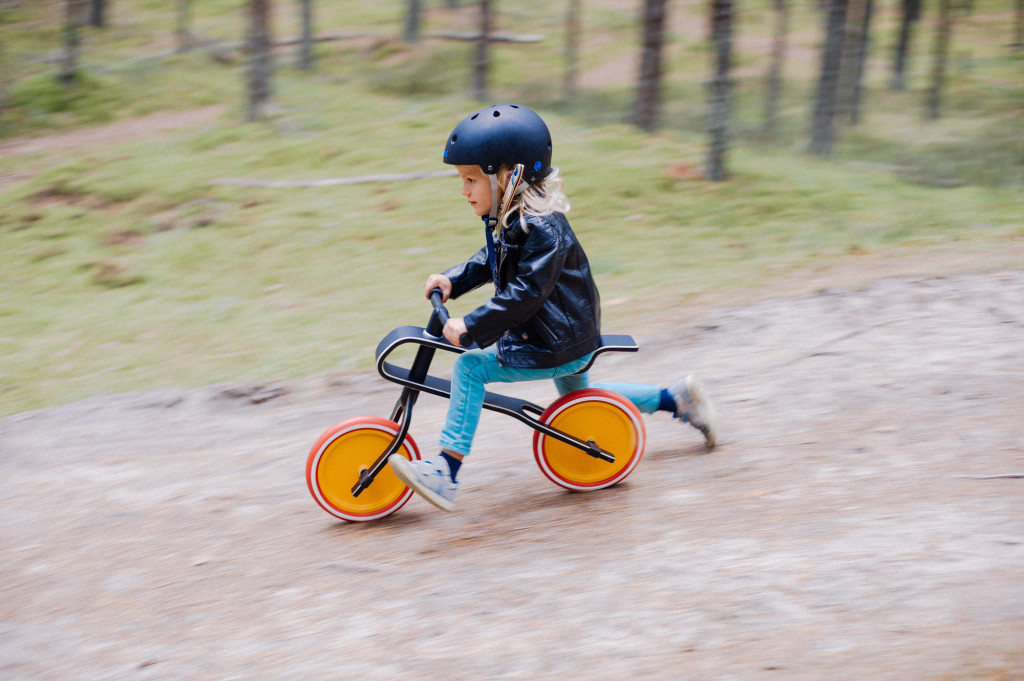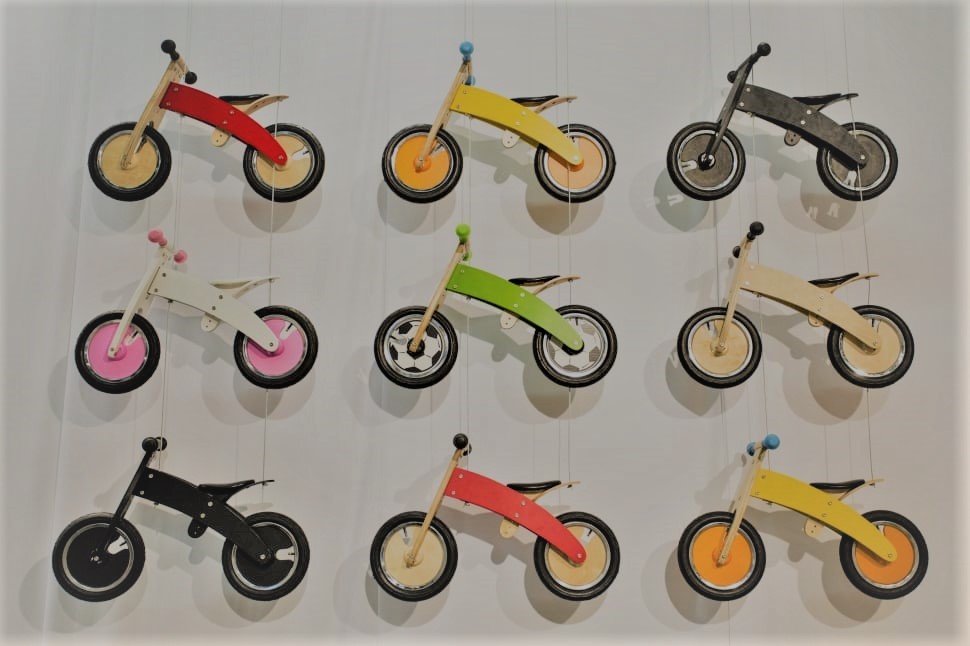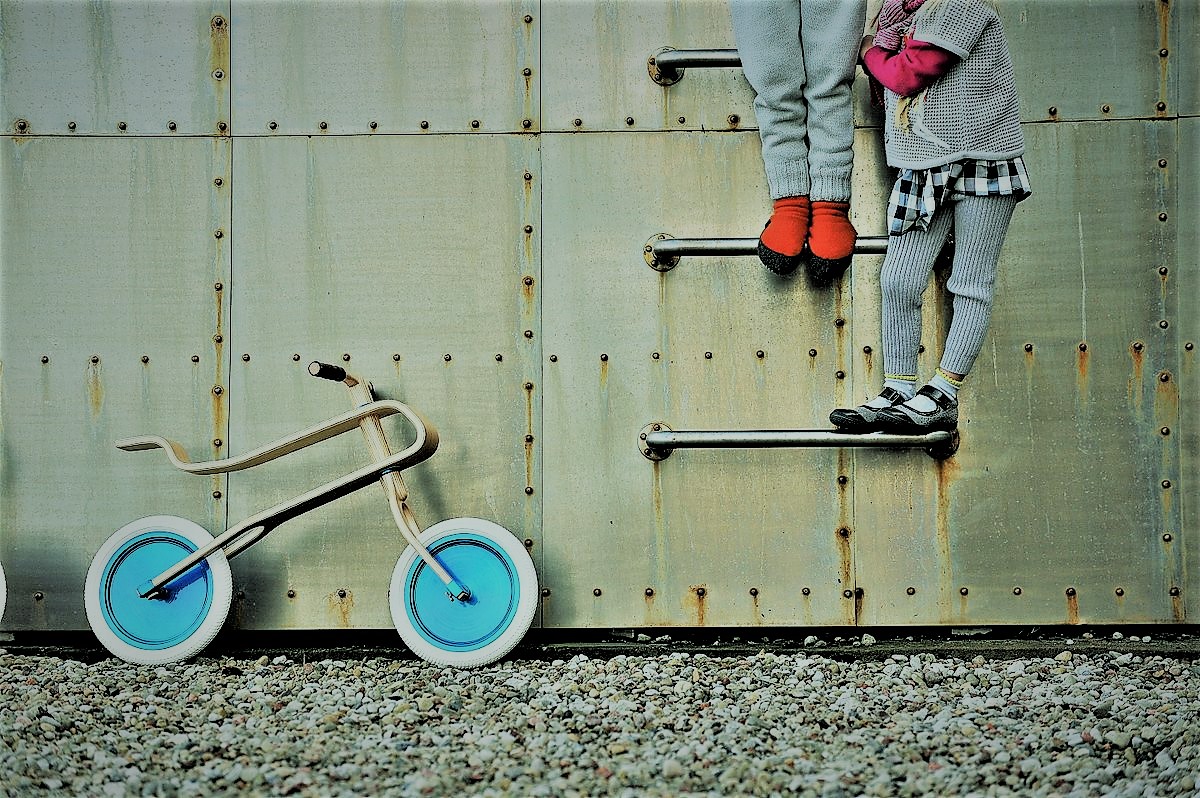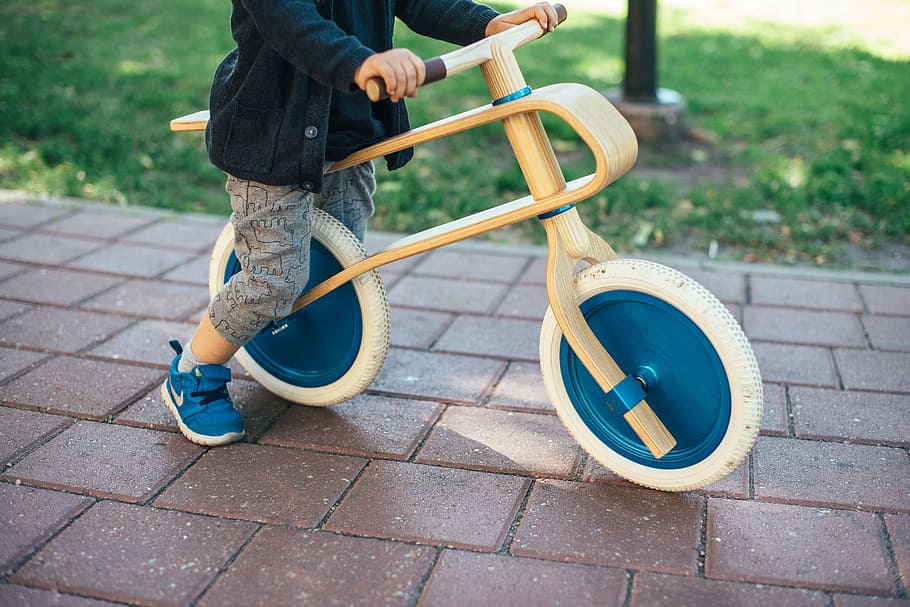The Complete Balance Bike Explained: Stuffs You Shouldn’t Miss Out
January 8, 2024
158 Views
0
SaveSavedRemoved 1
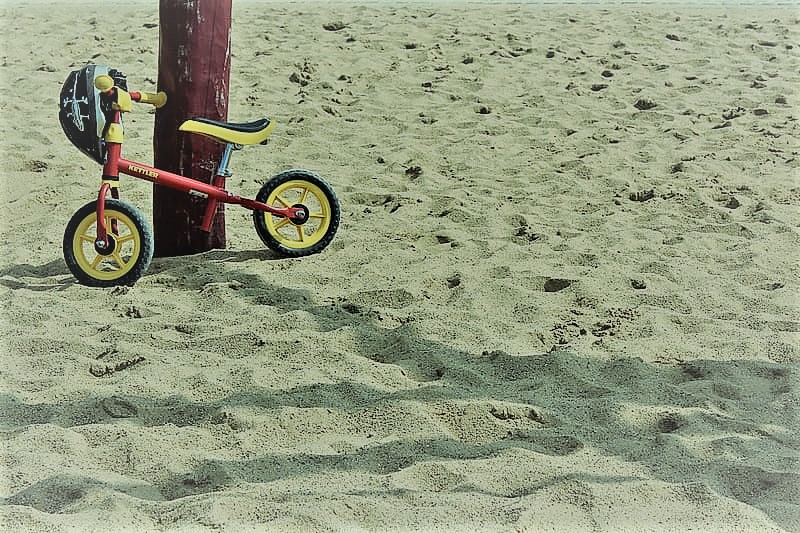
Table of Contents
A balance bike is a bicycle that enables children to gain a sense of balance on two wheels on quick and easy steps. It is the bicycle without a pedal, transmission, and, in some models, brakes. Generally, kids may start riding a balance bike from as young as 18 months old to 5 years old. Practicing a sense of balance is the first step toward learning how to ride a bike. Once they can master balance and coordination, children will be on the right path to their first pedal bike. According to the research, learning to ride a bike on a balance bike is far more effective than on a bike with training wheels. After acquiring a sense of balance, your kids will automatically familiarize themselves with steering, pedaling, and braking steps.
Additionally, according to the Child Neurology Committee’s research, a child’s neuro-psychomotor development goes from the head to the leg. In the development stage, the balance bike will help develop the static balance while the child is standing still and the dynamic balance when walking or gliding the bike. On average, kids can go up and down the stairs without support, which means the right time to pedal. Thus, the best time for your kids to start riding a balance bike is to turn 4 years old. You should let your kid learn how to ride on a balance bike as early as 18 months old.
>>>Check out our review of best balance bikes for 4-year-old kids
>>>Find out why a balance bike is a perfect choice to teach your kids
Although most of the balance bikes on the market are marketed for children, adults who dream of learning how to cycle can benefit from them. If you still don’t know the balance bike or have doubted its value, read on and find out the fact below.
Most of the budget balance bikes on the market are crafted with a steel frame, which is relatively heavy compared to aluminum alloy counterparts. Although aluminum alloy is lighter in weight than steel, it is far more expensive and may drive the price up.
Parents with a tight budget may consider buying a bike with a steel frame since it provides durability and safety at a reasonable price. Weight is another crucial factor to consider before buying a balance bike. According to several bike experts, the bike’s weight should not be over one-third of a child’s weight because it affects the overall performance of your kids. Practicing on a heavy bike can be counterproductive since kids may find it challenging to steer the bike properly.
Building a solid foundation is probably the most vital part of teaching your children how to ride a bicycle. Although a balance bike is just a tool for teaching your kids, you should take it seriously. A good balance bike must enable kids to be on a bike in a correct posture, which is a slightly leaning forward position. To accommodate this posture, the distance between the handlebars and the Seatpost must not be too close or too great. Otherwise, kids will be forced to lean excessively forward or be in a tight upright position trying to stay balanced. Therefore, every element of the balance bike should be designed to be a mirror image of the adult bike.
Parents should buy a balance bike with a low step-in design to facilitate the movement because it will enable little kids to straddle over the top tube with ease. This design will lower the bike’s center of gravity, helping kids stay balanced without much effort.
A good balance bike must be designed to grow with your kid, and the critical point is the adjustable Seatpost and saddle. Many parents have put their kids on the bike since they are as early as 18 months old and only less than 30″ high. Unfortunately, a sense of balance cannot be acquired overnight, and some kids may take years to master it. As the kids’ height is increasing rapidly, you will need a bike to grow with them. Make sure to pick the balance bike with an adjustable Seatpost and, more importantly, the handlebars must also be flexible to accommodate the kid’s growth.
Most balance bikes on the market are without pedals, transmission, and, of course, brake because they intend to encourage kids to use their feet to stop the bike. Though this approach is more practical for kids than using the hand brake, it is good to have a mechanical brake installed. The safest and most popular type of brake for the balance bike is linear-pull brakes (rim brake), usually installed at the rear wheel. With this feature, kids can easily squeeze the brake lever with their fingers without much effort. Additionally, the hand brake is more applicable when riding down the hill that braking with their feet may not be vigorous enough.
There are 2 most popular types of tires used for the balance bike, an air-fill rubber tire, and an airless polymer foam tire. The air-fill rubber tire is suitable for cruising on flat surfaces such as paved roads or concrete roads because rubber material provides more traction on the road surface. Thus, the vehicle will move at a fast pace. The only drawback is that this type of tire is susceptible to a tire puncture. On the other hand, the airless polymer foam provides better performance on rough terrains such as gravel roads and is not vulnerable to a tire puncture. However, it is prone to get slippery when cruising on wet and flat surface roads.
Moreover, parents should be more cautious about the wheel size when they consider buying a balance bike for their kids. Getting too small a wheel size may cause your kids to forcefully try to stay balanced while riding a bike with a larger wheel size can be overwhelming for little kids. Both will deter the motor skill development of your kids. From our standpoint, the appropriate and most common wheel size for average kids from 18 months to 6 years old would be 12″.
Surprisingly, not every model comes with a footrest even though it is considered one of the essential elements of the balance bike. A footrest is a small platform located where pedals are mounted on a regular pedal bike. In this case, some manufacturers decide to replace pedals with footrests. Children can put their feet on footrests as soon as they acquired speed and balance. Besides, it provides comfort and enhances kids’ performance.
Taking advantage of the absence of a pedal, transmission, and brake mechanism, parents will be able to slash the maintenance cost down by half of a regular adult bike. With the increasing number of online transactions, most parents will receive the delivery as a partially assembled package. It would take less than an hour to completely assemble the rest without prior technical knowledge, thanks to clear and concise instruction.
What are the main features of the balance bike?
Until recently, the balance bike has gained more loyal fans worldwide, especially in Europe, for a decade long. The secret behind its popularity is that it can better assist children in developing the groundwork for pedaling than a bike with training wheels. When riding a bike with training wheels, your kids learn how to pedal, which is the most straightforward part of the process. Unfortunately, they will learn nothing about gaining a sense of balance. Unlike a bike with training wheels, a balance bike provides kids with the opportunity to understand balance, coordination, enhancement of leg muscle, and, more importantly, confidence to be on the bike. Riding a balance bike for the first time seems to intimidate many kids as they fear falling. Hence, parents need to encourage their kids to stay on the two wheels, and it may take a while until they can familiarize themselves with the bike. To stay balanced on the bike, your kids will gradually learn how to use handlebars for steering and to use both feet for stopping. After a certain amount of time, they will, finally, lift their feet above the ground and glide the bicycle. Some benefits of riding a balance bike are listed below;- Enhance both dynamic and static balance
- Improve the bilateral coordination
- Strengthen physical endurance



